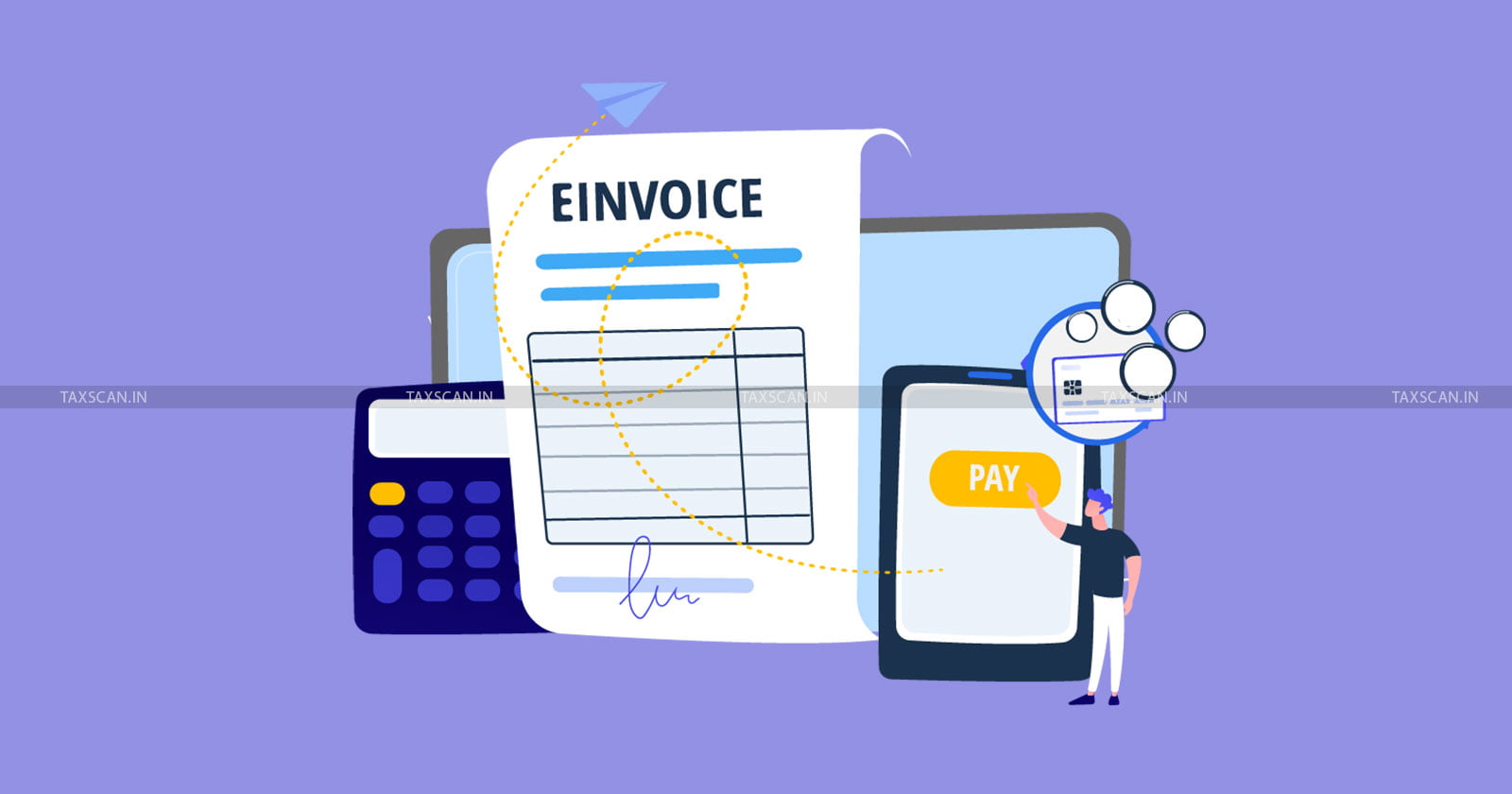GST e-Invoice System enables ‘E-Invoice voluntary enablement’ for FY 2022-23

The Goods and Services Tax (GST) E- Invoice system enabled ‘E-invoice voluntary enablement’ for the financial year 2022-23.
For GST-registered individuals to upload all B2B invoices to the Invoice Registration Portal (IRP), use the e-Invoice System. An individual Invoice Reference Number (IRN), digitally signed e-invoice, and QR code are generated and provided to the user by the IRP.
After recent advancements that included integrating new IRPs, the Goods and Services Tax (GST) e-Invoice System is scheduled to undergo a significant overhaul in the coming weeks.
The GST Council resolved to introduce an electronic invoicing system for a select group of people, primarily large businesses, at its 35th meeting. Subsequently, it was expanded to include small and medium-sized firms as well.
The taxpayers must now include 6-digit HSN Codes for any outbound deliveries with an AATO of more than RS 5 Crores, under notice No. 78/2020 — Central Tax, which was recently issued.
If a taxpayer's e-invoice limit or turnover exceeds the stipulated limit in any fiscal year from 2017–18 through 2021–22, they must comply with e-invoicing beginning in FY 2022–23. Moreover, the total turnover in India will comprise the total turnover of all GSTINs that fall under a single PAN.
The benefit of generating e-invoice is that the tax authorities will have access to transactions as they take place in real-time since the e-invoice will have to be compulsorily generated through the GST portal. Also, it is expected that there will be less scope for manipulating invoices since the invoice gets generated before carrying out a transaction.
Support our journalism by subscribing to TaxscanAdFree. Follow us on Telegram for quick updates.


